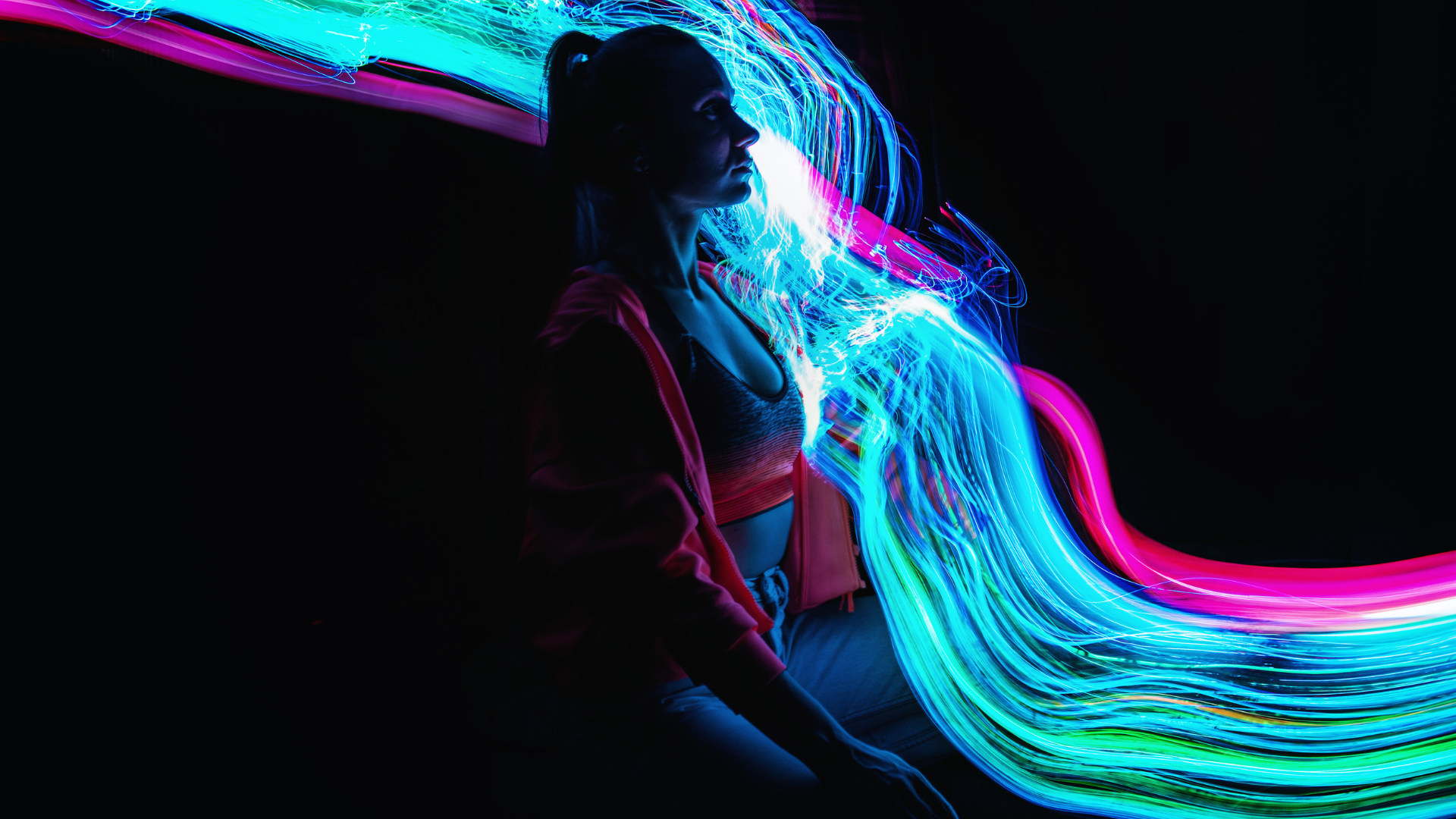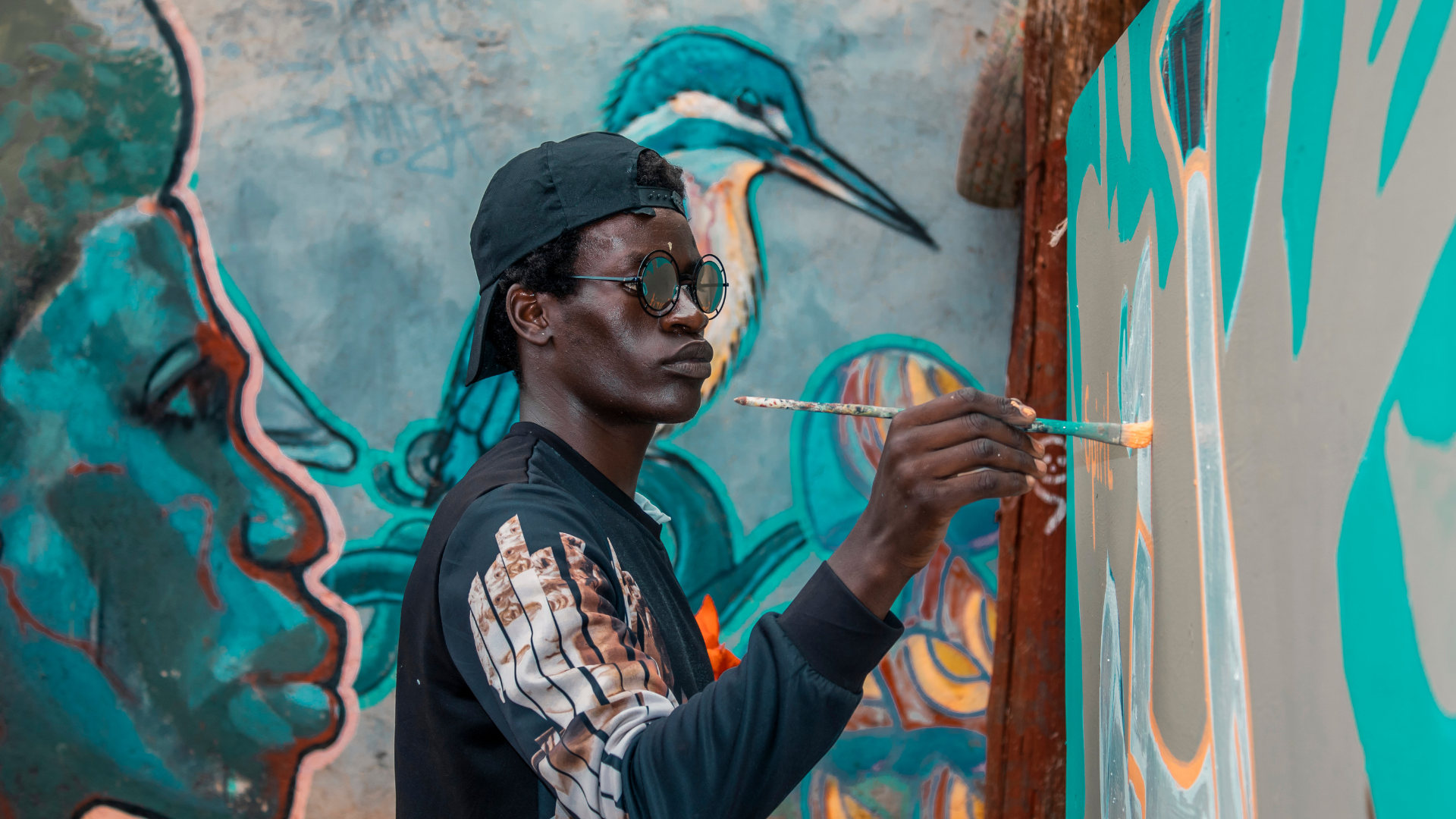Contemporary art is increasingly reflecting the complexities of today’s world. Artists are embracing technology and social media as key mediums for expression, enabling them to reach broader audiences and create interactive experiences. The interplay between technological advancement and the sociopolitical climate shapes contemporary art, making it a dynamic commentary on current events and societal issues.
This trend is marked by an exploration of identity, community, and activism, as artists tackle themes such as climate change, inequality, and digital culture. The rise of virtual exhibitions and digital installations shows how the art world is adapting to new realities, making artworks accessible to a global audience. These shifts signify a transformative period where art not only reflects but actively engages with the pressing concerns of modern society.
In this evolving landscape, traditional boundaries between artist and audience blur, allowing for collaboration and dialogue. The embrace of diverse perspectives and media enhances the richness of contemporary art, ensuring it remains relevant and thought-provoking. Now more than ever, art serves as a vital platform for expressing nuanced views and fostering connections across different communities.
Evolving Artistic Practices
Contemporary art is witnessing significant transformations as technology reshapes creative processes. Two key areas of focus are the influence of artificial intelligence and the emergence of new art forms, which redefine the boundaries of artistic expression.
Influence of Artificial Intelligence
Artificial intelligence (AI) is increasingly integrated into artistic practices. Artists employ AI tools to generate unique visuals, soundscapes, and even narratives. This collaboration leads to unexpected outcomes, challenging traditional notions of authorship.
AI-generated artworks raise questions about creativity and the role of the artist. Notable projects utilise machine learning algorithms to analyse vast datasets, producing pieces that reflect current societal trends. Additionally, AI facilitates real-time interaction in performance art, creating dynamic experiences.
Examples include generative art platforms, which enable users to create personalised artworks through automated processes. This fusion of technology with creative expression redefines artistic possibilities, inviting broader engagement with art.
Emergence of New Art Forms
The rise of new media art signifies a shift in artistic practices that leverage emerging technologies. Artists explore mediums such as virtual reality (VR), augmented reality (AR), and interactive installations. These forms create immersive experiences that engage viewers on multiple sensory levels.
Performance art has also been adapted, incorporating digital elements and audience participation. Artists utilise live streaming and social media to extend their reach, allowing global audiences to participate in real time. This transformation enhances the performative aspect, blurring the line between creator and observer.
Furthermore, digital art platforms democratise access to art, enabling artists to showcase their work without traditional gallery constraints. As the art world evolves, new forms continue to challenge conventions and redefine the relationship between artist, medium, and audience.
Art in the Socio-Political Sphere
Contemporary art frequently engages with pressing socio-political issues, notably race and climate change. Artists use their platforms to challenge norms, provoke thought, and inspire action.
Art Addressing Racial Identities
Artworks addressing racial identities often explore themes of cultural heritage, discrimination, and identity politics. Yinka Shonibare’s pieces, for instance, interrogate colonial history and identity through vibrant textiles and historical references. His work raises awareness about the complexities of race in contemporary society.
Precious Okoyomon combines eco-activism and discussions of race through her visually engaging installations. By intertwining personal narratives with larger social issues, she creates a dialogue about identity in a world grappling with systemic inequality. Such artworks encourage audiences to reflect critically on their own positions within these socio-political narratives.
Climate Change Narratives in Art
Artists increasingly incorporate climate change into their work, utilising various media to depict environmental degradation. This trend is exemplified in the works of artists like Olafur Eliasson, whose installations often highlight the beauty and fragility of nature.
Precious Okoyomon also addresses climate change, blending ecological themes with racial discourse. Her approach emphasises interconnectedness, illustrating how environmental concerns disproportionately affect marginalized communities. These narratives seek to inspire action and foster a deeper understanding of the socio-political implications of climate change.
The Art Market Dynamics
The art market is influenced by various economic factors and events in the auction and fair circuit. Understanding these dynamics is essential for stakeholders in the contemporary art scene.
Impact of Economic Factors
Economic variables significantly affect art prices and investment behaviours. Inflation can erode purchasing power, pushing collectors to reconsider their investments. High inflation rates may lead to lower discretionary spending, thus reducing demand for artworks.
Interest rates also play a crucial role. Higher rates can increase borrowing costs, making it less appealing for collectors to finance acquisitions. Conversely, lower rates may encourage purchasing, leading to a more vibrant market.
Current trends indicate that collectors are cautious, focusing on established artists and proven works rather than speculative pieces. This strategy reflects a response to economic uncertainty, as they aim to preserve liquidity while still investing in meaningful art.
The Role of Art Fairs and Auctions
Art fairs such as Art Basel serve as critical platforms for artists, galleries, and collectors. These events facilitate direct interactions and are pivotal in setting market trends. Exposure to diverse artworks and artists can generate significant interest, leading to increased sales.
Auctions, particularly at prestigious houses like Sotheby’s, have a substantial impact as well. They offer a transparent environment for pricing, allowing collectors to gauge the value of pieces through competitive bidding. Record sales at auctions can elevate an artist’s market stature and influence the broader art market.
Participation in both art fairs and auctions allows collectors to understand market dynamics better, highlighting the correlation between event prominence and art valuation. High-profile events often stimulate interest and investment, driving the market forward.
Representation and Recognition
Contemporary art is increasingly characterised by its focus on inclusivity and diversity. Female artists and those from underrepresented backgrounds are gaining prominence, influencing both the art market and critical discourse.
Female Artists and Diverse Voices
The art world has seen a significant rise in the visibility of female artists. Figures such as Jean Shin are pushing boundaries with works that explore identity and materiality. She often incorporates everyday objects to create thought-provoking installations that challenge traditional narratives.
Organisations like the Women’s Art Institute are dedicated to supporting female artists, showcasing their work in galleries and establishing them in the global art scene. This shift towards greater representation is crucial; it broadens artistic perspectives and informs viewer engagement.
Additionally, the rise of social media has amplified diverse voices. Artists like Amoako Boafo, known for his unique use of colour and representation of Black cultural identities, are reaching global audiences, redefining norms around visibility in contemporary art.
Notable Contemporary Figures
Contemporary art is home to notable figures who embody this shift towards broader representation. Artists such as Kara Walker and Yayoi Kusama are not only influential in their practices but also serve as symbols of diversity in the art world.
Kara Walker examines race, gender, and history in her work, creating powerful visual narratives. Similarly, Yayoi Kusama uses her signature polka dots and infinity rooms to express her personal experiences, drawing attention to mental health.
These contemporary figures have paved the way for emerging artists and continue to challenge institutional norms. Their contributions underscore the importance of recognition and representation in shaping contemporary art narratives.







